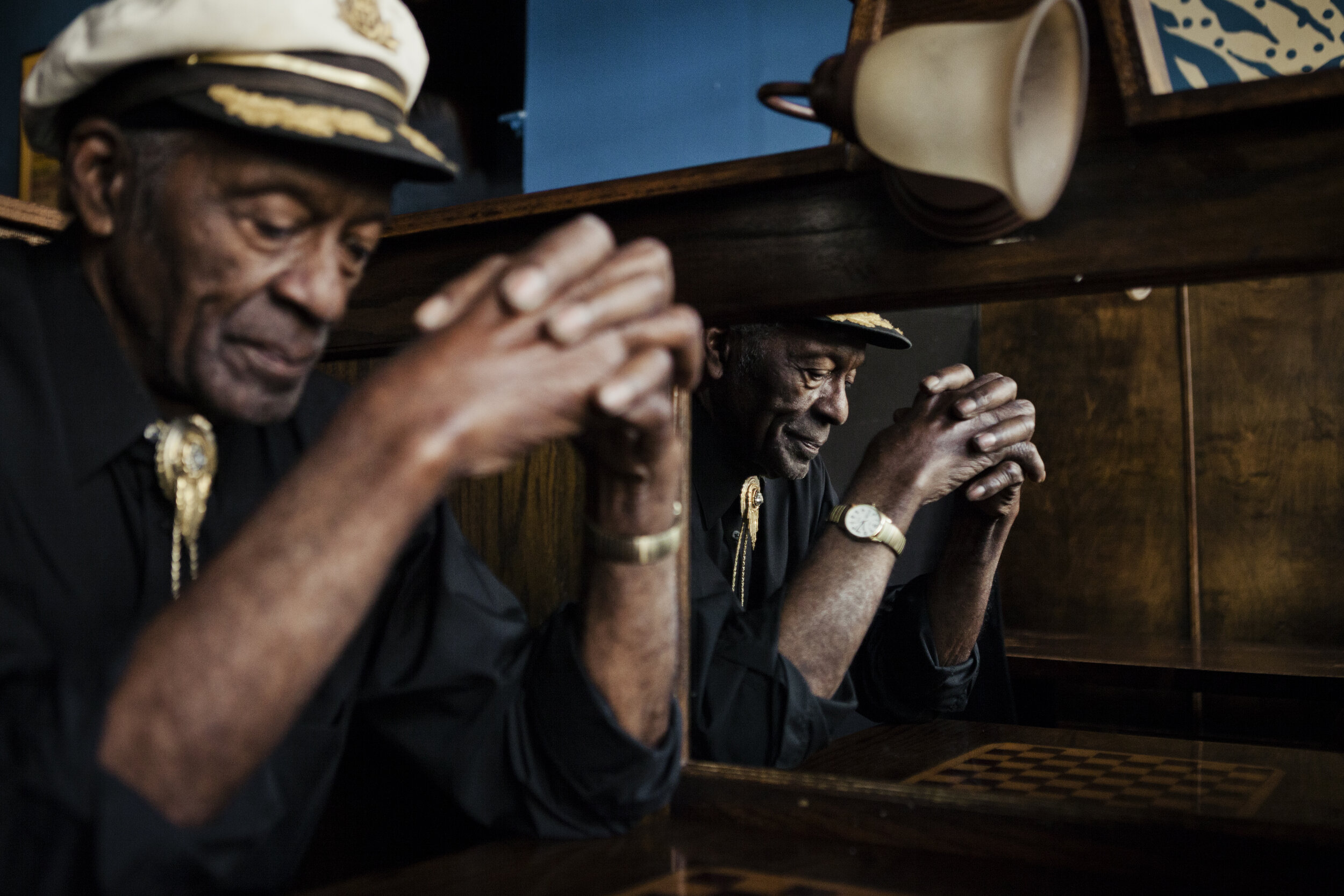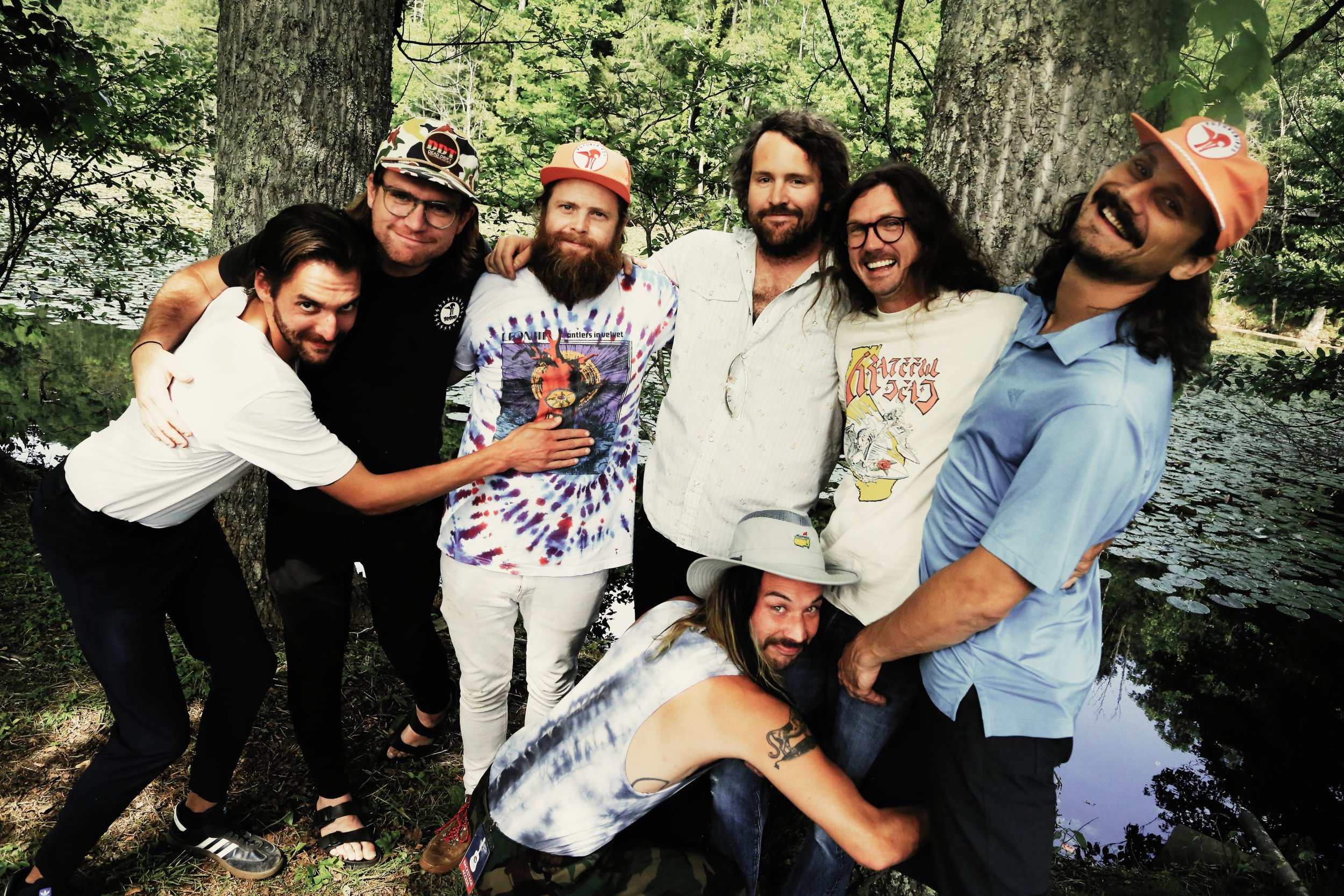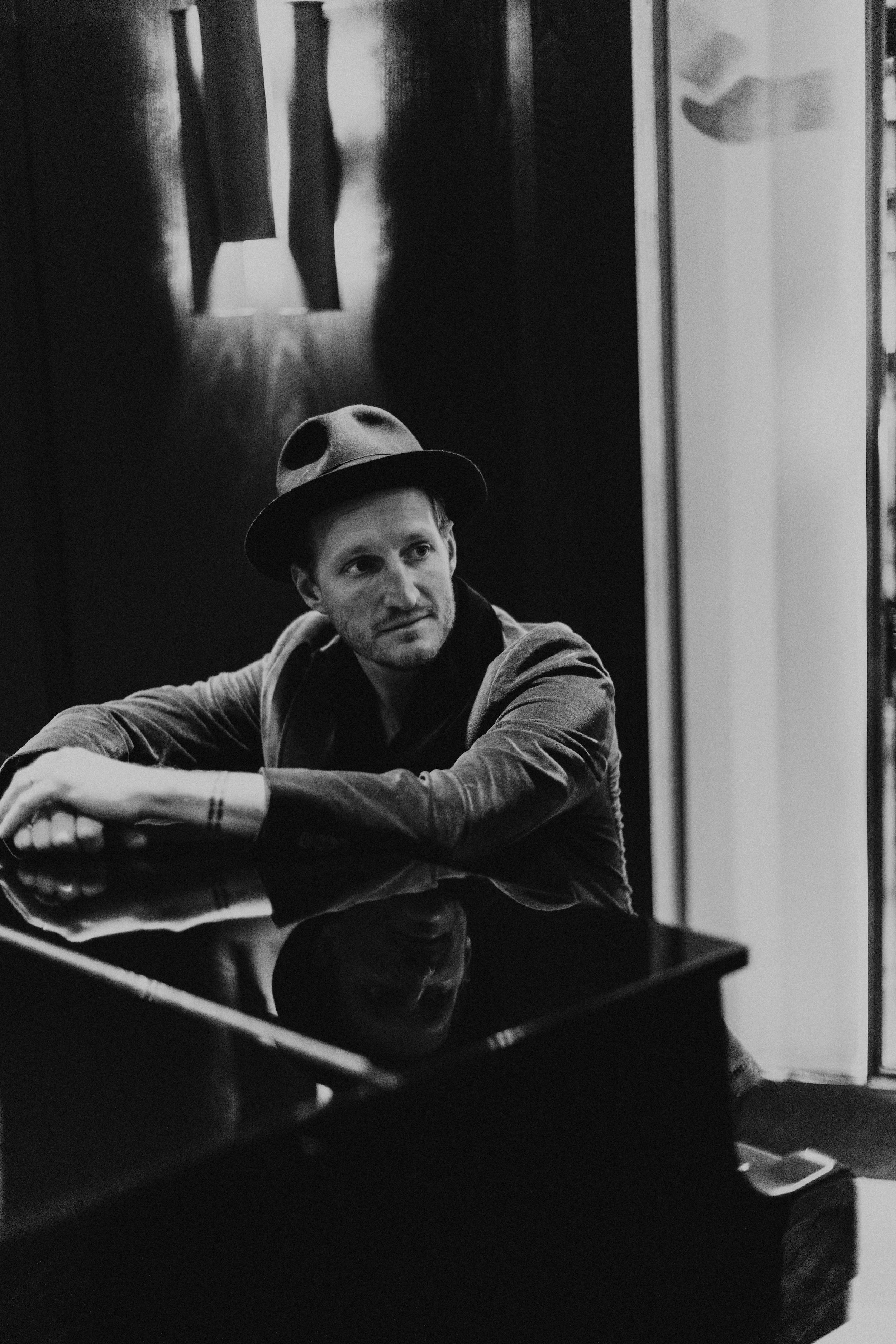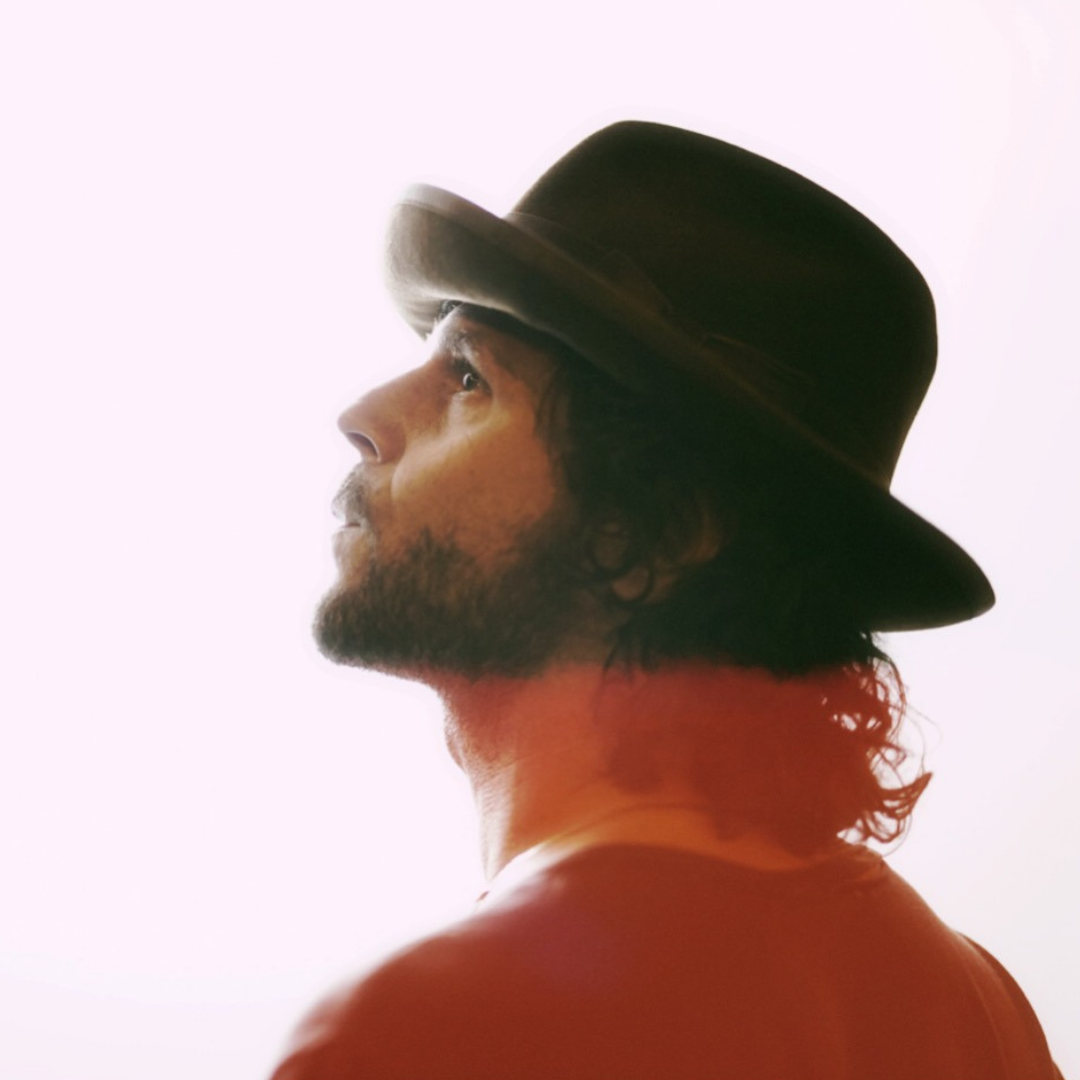THE Lumineers
Since their breakout 2012 self-titled debut album, the Lumineers have achieved some incredible milestones: twenty-four number one hits, billions of streams, packed global arena tours, multiplatinum releases, Grammy nominations, and, most important to core members Jeremiah Fraites and Wesley Schultz, numerous beloved, timeless songs.
The band’s fifth studio album Automatic out February 14, is being released in a music landscape that has become dominated by solo artists dependent on other writers. Schultz says being one of the few groups touring who write all their own material, is “a unique badge of honor.” But that’s not to say they won’t collaborate with other artists; Schultz and Fraites have recently written and appeared on songs with pop icon P!nk, as well as rising singer-songwriters James Bay and Zach Bryan.
Fraites and Schultz are a long way from the Japanese restaurant in Denver which they toiled together in the ‘aughts, yet they remain artistically driven, and are poised to surprise with Automatic. After twenty years of musical partnership, this raw, personal addition to their catalog finds the duo traveling new sonic and thematic terrain. Says Fraites: “People who think they have our number, they’ll be surprised.” Guitarist and front man Schultz says the writing and recording process involved a lot of “feeling our way through the dark.”
Automatic album opener “Same Old Song” – a speedy chronicle of misadventures – hits the ground running, showcasing both Schultz’s soaring vocals and the band’s underutilized rave-up abilities. Follow-up “Asshole” offers a captivating, piano-driven melody, with a sharp witty chorus destined to be sung by thousands: “The first we ever met / You thought I was an asshole / Probably correct / But I can see your shadow.” That same combo of self-effacing wit and canny tunefulness recurs throughout Automatic.
This new, fruitful Lumineers phase is a testament to the importance of rest. After their wildly successful ’22-’23 world tour – 120 cities, 29 countries, 6 continents, 1.1 million tickets sold – documented in the exuberant 2024 release Live from Wrigley Field, Fraites and Schultz took a break to reset. Schultz, residing in Denver, produced and co-wrote rising Americana troubadour Daniel Rodriguez’s upcoming album as well as produced, co-wrote a song by new sensation Michael Marcagi and also guested on Noah Kahan’s cover of Jason Isbell’s “If We Were Vampires”; Fraites recorded his second instrumental album Piano Piano 2, while he was on a world tour with the Lumineers.
Both men, now dads, fully embraced the life-altering, unromantic challenges and rewards of family life. When they reconvened to write, bumps in the road and personal struggles in the rearview, the emerging songs featured a new, aching vulnerability, sly humor, and bold acknowledgements of need – for love, respect, and connection in an increasingly chaotic world.
The phrase “you’re all I got” is repeated in two Automatic ballads: the pulsing, confessional “You’re All I Got” and the mournful, McCartney-esque “Keys On the Table.” Each features a narrator admitting uncertainty about where they stand, requesting reassurance from someone important.
“Sometimes, I would prefer to be an island,” Schultz says. “But to love someone, you have to take off your armor. You have to accept the lows to get the highs.” Fraites concurs: “Any relationship that’s worth something in your life – family, friendship, partnership – you must work at it. From friction, you can get renewal.”
Thrilled at breaking new songwriting ground, Fraites and Schultz reached out to Woodstock, NY-based producer/songwriter/keyboardist David Baron (Lenny Kravitz, Shawn Mendes, Meghan Trainor, Michael Marcagi). Baron had worked with the band in various capacities since 2016’s Cleopatra, co-producing 2022’s BRIGHTSIDE with Simon Felice. The risky intimacy of the new material struck him, as did the strong, sparkling connection between the band and their concert audiences. Neither quality had yet been documented to his satisfaction on a Lumineers album. “Something besides the great songs was driving people to the shows,” Baron says. “I wanted to capture it in the recording process.” Inspired by Peter Jackson’s 2021 Beatles documentary Get Back, Baron outfitted Woodstock’s Utopia studio like the legendary Abbey Road facility, installing both vintage and cutting-edge gear. In a capacious “live room,” the musicians could perform songs as a unit, leaving fewer opportunities to fix mistakes, or refine the sound. For the first time on a Lumineers’ album, the band would be listed as co-producers, along with longtime cohort Simone Felice. According to Schultz, much of his and Fraites’ work entailed letting go and being OK with uncertainty. “It usually turns out better if I don’t know exactly what I’m doing,” he says.
Instead of the multi-voiced, big background vocals featured on past Lumineers’ material, Automatic most often showcases Schultz’s distinctive, commanding voice unadorned, up close and personal. “Like I’m whispering in your ear,” he says. Fraites, meanwhile, brings two cinematic, instrumental pieces to the proceedings – the symphonic “Strings,” and the sweeping, gently dramatic “Sunflowers.”
More than any other Lumineers release, Automatic is, as Schultz puts it, “very much of this era.” The spartan, wry “Better Day,” he says, is “a lullaby for adults in the modern age.” Over Fraites’ delicate piano, Schultz sings, “Dreaming of a better day / Watching porn and real estate,” and “Dreaming of a better day / Rubber bullets, pepper spray.” “Plasticene” is a peek into the twisted star-making machinery the Lumineers have seen firsthand – a world of teleprompters, overmedication, and Faustian promises of viral fame for young performers all too eager to comply. “Hiding all your pain / Behind a fog inside your brain,” Schultz sings. “Mixing up all our friends and enemies / Dress it up in a precious melody.” In keeping with Automatic’s undercurrent of humor, a snippet of dialog from the classic 1989 rom com When Harry Met Sally percolates beneath a carnival-esque mellotron solo.
Perhaps the first tune sung from the viewpoint of a highly addictive anxiety medication, the revelatory “Ativan” stands as both cautionary tale and exposé of what happens when one surrenders too much power to either a drug or a person. This increasingly common, normalized predicament inspired what Schultz calls, “a weird love song.” He sings, “I’ll provide the poison and the medicine / Your enemy with benefits indeed.”
All involved in Automatic are surprised at how quickly recording was completed – twenty-one days in the Woodstock springtime. And while the songs explore new terrain, both musically and thematically, it all sounds very much like the Lumineers – the soaring choruses, shadowy themes wrapped in upbeat, infectious melodies, and what Fraites calls “a palpable sense of connection between Wes and me. There’s lots of love on this record. I can’t wait to tour behind it.”
While the Lumineers’ new songs feature the hard-won wisdom of a longtime musical partnership, two decades of ups and downs, disagreements and reconciliation, Fraites and Schultz’s love of their collaborative songwriting process is undiminished. Automatic is proof. Says Schultz, “The song is like a glowing orb above us, and we’re putting our hands up toward it. The end result can still give us goosebumps and make us cry.”
Management:
Activist Artists Management
lumineersinfo@activist.co
Press:
Big Hassle Media
Jim Merlis
jim@bighassle.com
Booking:
US:
Paradigm Talent Agency
Joe Atamian
jatamian@paradigmagency.com
UK:
ATC Live
Alex Bruford
alex@atc-live.com



























